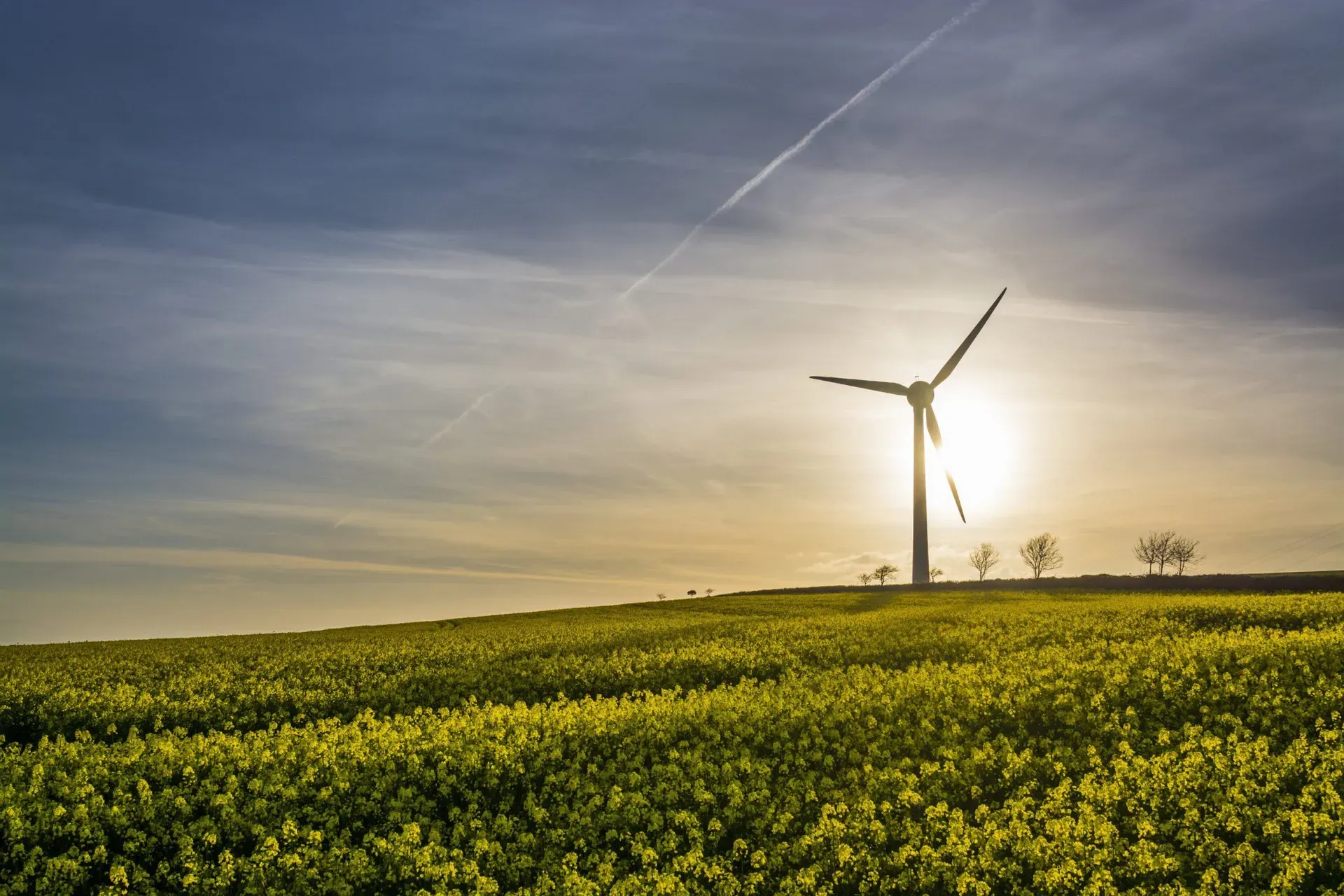In our recent insight paper Race to net zero: Rebuilding investor confidence in the UK”, published on 30 November, we discuss how increased macroeconomic pressures and rising international competition for capital have impacted the UK’s ability to secure investment in renewables and maintain momentum towards net zero. We also investigate both short- and long-term changes to the Contracts for Difference (CfD) scheme, the UK’s flagship renewable support scheme, which could help maintain investment attractiveness and avoid the UK falling behind in the race to net zero.
Since the early 1990s the UK has been amongst the global leaders in the fight against climate change, and in 2019 was the first major economy to enshrine legally binding net zero targets. To meet these targets the UK has implemented a series of subsidy schemes to help de-risk investment in low carbon technologies. Of these schemes, the CfD scheme, introduced in 2014 has had the most marked impact on recent renewable developments, with ~25.7GW of capacity secured over five allocation rounds to be delivered between 2015-16 and 2027-28.
Despite this legacy of growth and leadership in global renewables, the economic paradigm has shifted in the last few years. High energy prices, combined with post-COVID-19 supply chain issues have fed through to high inflation and interest rates across many of the world’s major economies. These macroeconomic pressures have been compounded by a tight labour market and skills shortages necessary for the net zero economy. In combination, high prices and the reduced ability to borrow have placed significant financial strain on the UK economy, with impacts on both households and businesses. To meet net zero targets the UK must continue to be seen as an attractive investment destination, with current market conditions potentially causing prospective renewable energy developers and investors to look to other jurisdictions to deploy their capital.
Whilst macroeconomic difficulties are shared across many of the world’s advanced economies, many jurisdictions are beginning to plan and implement extensive schemes to attract and support net zero investment, with the most notable of these being the US’ Inflation Reduction Act (IRA) and the EU’s Green Deal Industrial Plan (GDIP). These two schemes take different approaches, but both set out detailed routes to attract net zero investment, potentially giving their jurisdictions a competitive advantage over the UK.
Following a prolonged period of macroeconomic and geopolitical uncertainty, jurisdictions will have to work harder to attract investment in net zero. Combined with increasing international competition the UK is at risk of falling behind. The recent Autumn Statement and short-term reforms to AR6 of the CfD scheme have provided some much-needed clarity to the UK’s low carbon energy sector and the proposed long-term reforms are likely to prove crucial to maintaining momentum towards net zero. The UK is certainly not a lost cause for investors but must act clearly and decisively to rebuild investor confidence. Crucially policy decisions need to be taken ahead of time, rather than waiting on events (e.g., the failure of AR5 to secure any offshore wind bids) before remedial action is taken.
If you are a Subscription Service customer, you can read the full Insight Paper, Race to net zero: Rebuilding investor confidence in the UK”, in CATALYST, here. Insight Papers are part of our exclusive Thought Leadership section, which provides supplementary topical analysis in our new customer portal, CATALYST.
If you are not yet a subscriber, please contact Tom Ross at t.ross@cornwall-insight.com for a copy of the insight paper.








